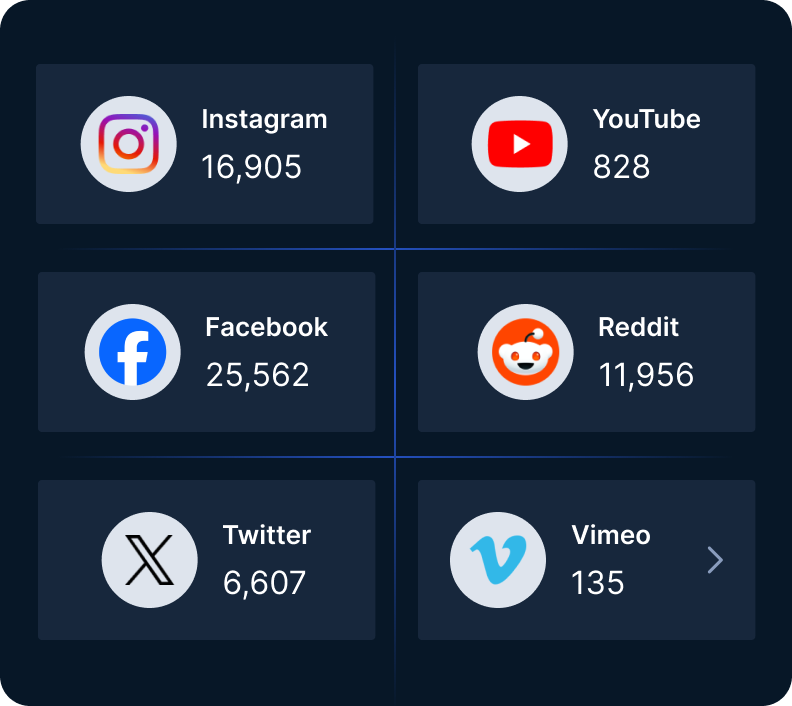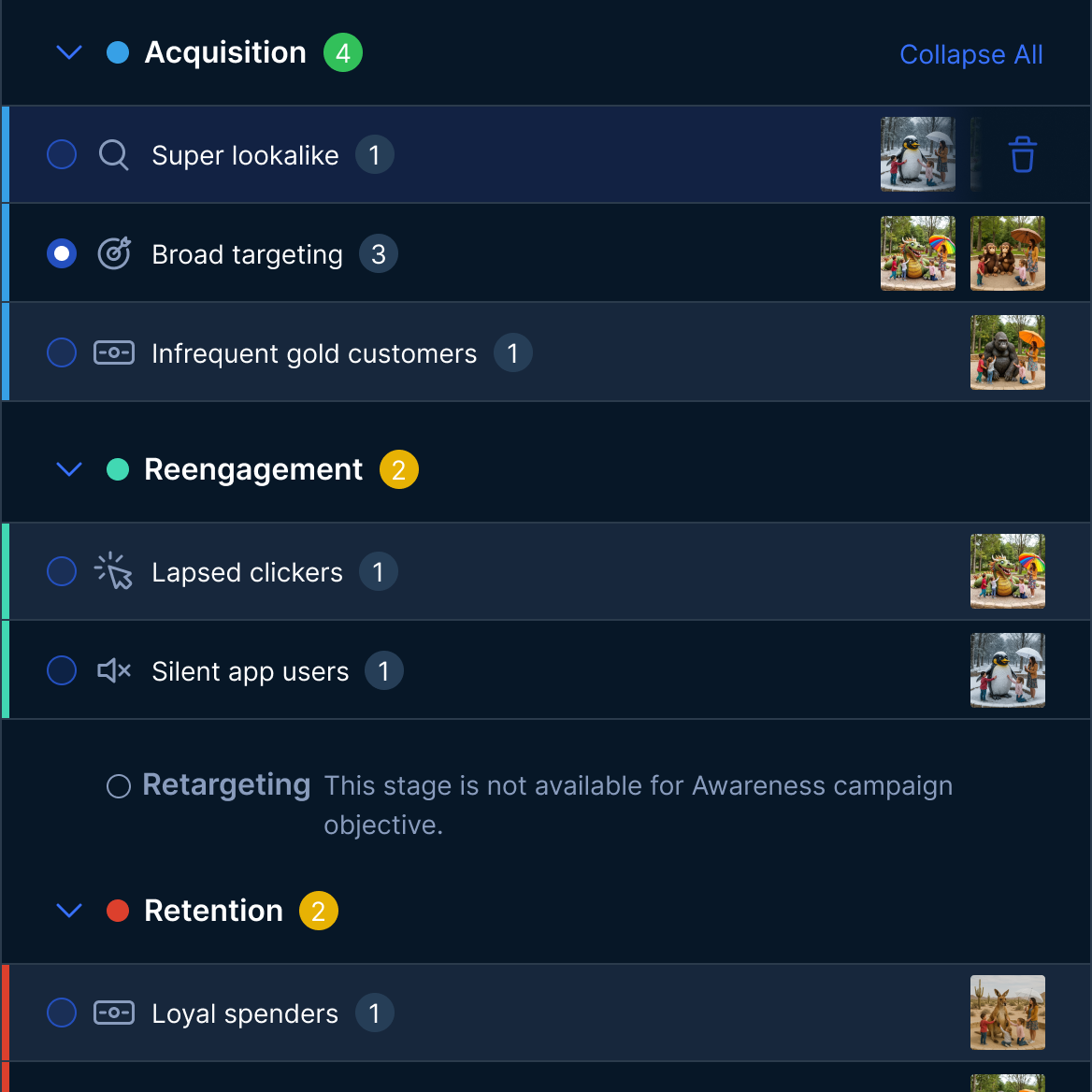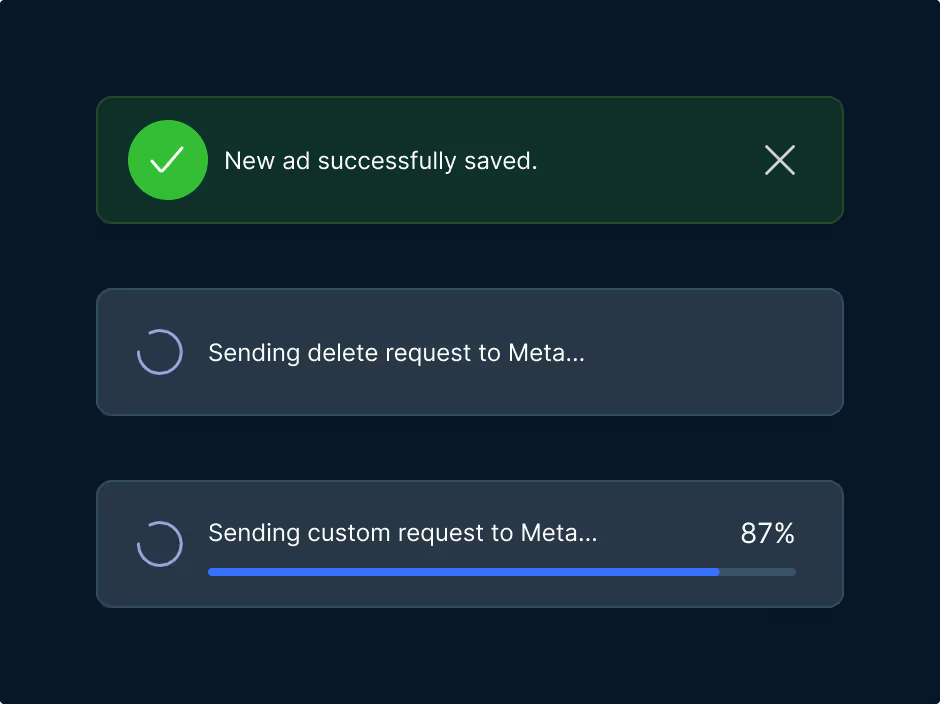
Below is a detailed breakdown of each step in the process of building a high-quality audience through data-driven analysis

1. Data Collection: Gathering Insights from Trusted Sources
To ensure a comprehensive and accurate representation of the market, data is collected from multiple high-quality sources:
- Publishers (e.g., social, news sites, blogs, niche content platforms) – Provide engagement metrics (time spent, shares, comments).
- Creators & Influencers – Offer audience demographics, follower interests, and engagement rates.
- First-party data (if available) – Direct insights from owned platforms (websites, apps, CRM systems).
- Brands & Advertisers – Supply purchase intent data, customer behaviour, and brand affinity signals.
Why it matters:
- Ensures broad market coverage (not skewed toward a single source).
- Reduces bias by incorporating diverse perspectives (B2B, B2C, niche audiences).
- Combines quantitative (clicks, conversions) and qualitative (sentiment, preferences) data.
2. Signal Processing: Filtering & Analysing Key Data Points
Raw data is processed to extract meaningful signals that define audience behaviour:
Behavioural Signals:
- Content consumption (articles read, videos watched).
- Engagement (likes, shares, comments, dwell time).
- Purchase intent (cart abandonment, product searches).
Demographic Signals:
- Age, gender, location, income level, education.
Psychographic Signals:
- Interests, values, lifestyle preferences
Contextual Signals:
- Device type, time of activity, preferred platforms.
Advanced Techniques Used:
- Machine Learning (ML) & AI: Identifies hidden patterns (e.g., micro-trends in niche audiences).
- Noise Reduction: Filters out irrelevant or bot-driven activity.
- Cross-Referencing: Validates signals against multiple sources for consistency.
Why it matters:
- Separates meaningful signals from noise (e.g., distinguishing real users from bots).
- Helps identify high-intent users (those most likely to convert).


3. Audience Segmentation: Grouping Users for Precision
Audiences are categorised based on shared traits to ensure relevance:
- Behavioural Segmentation (e.g., frequent shoppers, occasional browsers).
- Interest-Based Segmentation (e.g., fitness enthusiasts, tech early adopters).
- Lookalike Modelling (finds users similar to high-value existing customers).
- • Demographic Segmentation (e.g., women aged 25-34 in urban areas).
Why it matters:
- Enables hyper-targeted marketing (e.g., personalised ads, tailored content).
- Improves ROI & ROAS by focusing on high-potential segments.
4. Validation & Refinement: Ensuring Accuracy & Representativeness
Audience segments are rigorously tested before deployment:
- A/B Testing: Compares engagement rates across different segments.
- Third-Party Audits: Ensures compliance with privacy laws (GDPR, CCPA).
- Feedback Loops: Uses real-time performance data to refine segments.
- Bias Checks: Confirms the audience isn’t skewed (e.g., over representing one demographic).
Why it matters:
- Maintains data integrity (no outdated or incorrect assumptions).
- Adapts to market shifts (e.g., emerging trends, new competitors).


5. Deployment: Delivering Actionable Insights
The final audience segments are applied to real-world strategies:
- Targeted Advertising: Programmatic ads served to high-intent users.
- Content Strategy: Tailored messaging for different segments.
- Product Development: Insights inform feature prioritization.
- Sales & CRM: Lead scoring based on engagement signals.
Why it matters:
- Drives higher conversion rates (audiences are pre-qualified).
- Optimises marketing spend (reduces wasted impressions)
Key Benefits of This Approach:
- Data-Driven Decisions – No guesswork; all strategies are backed by analytics.
- Dynamic & Scalable – Adjusts as new data comes in.
- Privacy-Compliant – Uses ethical data sourcing and anonymisation.
- Higher Engagement – Audiences receive content/ads that truly resonate.
Final Thought
This structured methodology ensures your audience is relevant, high-quality, and optimised for performance, whether for ads, content, or product development.
AI-Powered Marketing Platform | Unbeatable Marketing ROAS
AI-Powered Marketing Platform | Automate ad production and scale campaigns faster.
#1 Marketing Dashboard Tool | Improve Marketing Performance
Drive Revenue | Build deeper connections with your audience through the power of native advertising.
Automate Ads in Minutes | Launch Campaigns Faster
Eliminate creative bottlenecks forever. Automate ad production and scale campaigns faster.